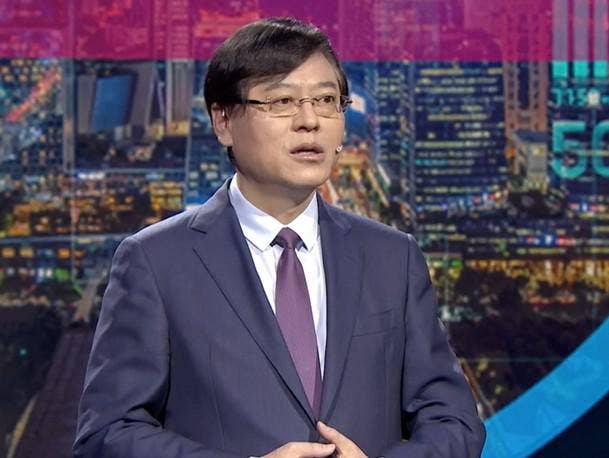Lenovo CEO Touts Four Big Trends At Tech World ’22
From computing to digitalization and the future of the planet, Lenovo’s Yang Yaunqing highlighted the PC leader’s main goals for the future at its annual technology showcase.

Hong Kong-based PC leader Lenovo Tuesday laid out its plans for continued innovation and showcased new computer firepower at its virtually held technology show, Tech World ’22.
Yang Yuanqing, chairman and CEO of Lenovo, kicked off the event and outlined trends the PC giant is tackling, including changes to devices and spaces, advancements in computing, the transformation from traditional information technology to digital industries, and the importance of sustainability for the planet.
After a pandemic-fueled PC boom, Lenovo—like most in the tech sector—has experienced challenges with the supply chain and a consumer slowdown in purchasing fueled by global economic uncertainty and geopolitical unrest. But Yang vowed that the company was committed to weathering the current economic climate with an eye for the future
“We come together to celebrate the power of innovation—one of the most reliable forces to shape the world for the better at a time of uncertainty,” he said. “Technology provides a level of predictability … and breaks barriers to unleash your imagination. At Lenovo, we believe in technology. We are doubling our investment in innovation.”
That innovation will drive a steady stream of business to channel partners, Rob Cato, vice president of North America channels, told CRN in an earlier interview. “[Our] success is directly connected to the strength of our partner network.”
CRN looks at the four trends Yang outlined at the start of Tech World ’22:
Trend 1: From devices to spaces
Yang talked about the changes being sparked by continued interest and investment in the metaverse to bridge the divide between the physical and digital worlds.
“Smarter technology changes how we define the future workspace. It will be an evolution into our combination of our virtual and physical worlds. The object you walk on might be real or virtual, like a virtual room for an interior designer, or virtual experiment in the future classroom. The colleagues you work with might be real or virtual, like an [augmented reality)] assistant. The environment you’re working in might be real or virtual, likely in the metaverse. And the outcome you build might be real or virtual, like a digital twin. The future workspace liberates us. We get the best of the two worlds—the touch and the feel of the real workspace and the access and the reach of the virtual workspace under the convenience and flexibility of switching between the two.”
Trend 2: From computer to computing
Yang teased upcoming computer innovations at Lenovo.
“Even in a computer, there is ample room for innovation. Besides faster computing, faster transfer of data, and bigger storage capacities, our device innovation focuses on adaptive intelligence, security, environmental friendliness and, of course, innovative form factors.”
Trend 3: From traditional IT to digital industries
Yang said the company was committed to the ongoing transition from traditional IT to a digitalized industry that makes use of emerging technologies.
“With this comes a trend of digitalization across all industries. IT companies have become the enablers to not only sell IT products but are the sole customer pinpoints with industry know-how—we have grown beyond the old IT or traditional IT with client/server-based on-prem-only hardware, and software like ERP and CRM. … We are in a new phase of digital and intelligent transformation. Under the new IT architectures of client, edge, cloud, network intelligence … Lenovo has built advantages in every element of new IT not only in devices, but also in horizontal solutions, including the smart workspace, metaverse, edge, hardware-to-cloud, and AI solutions. These are the building blocks we can leverage to construct the different types of buildings as our smarter vertical industry solutions.”
Trend 4: From human to planet
Lastly, Yang talked about the corporate responsibility to protect the planet and talked about the company’s use of technologies like its natural liquid cooling that reduces data centers’ carbon footprint. He also promoted the company’s use of vegan leather made with recycled materials and other materials like recycled aluminum.
“We must not just innovate to drive productivity. We must not just use technology to create economic value. We all have a responsibility to help make the world a better place. And specifically, in the face of so many challenges related to climate change and energy shortages, we must all strive to make our planet more sustainable. Technology has a role and that innovation is the key and Lenovo is ready for this challenge.”